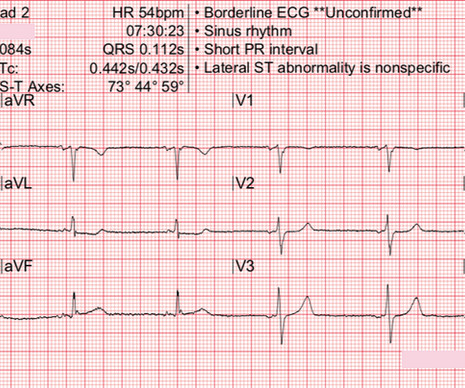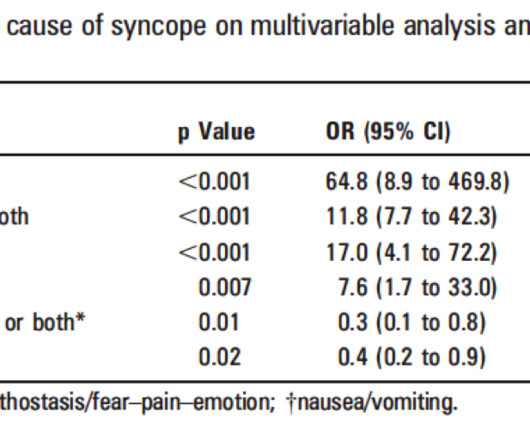What is the mechanism of LBBB in DCM ? How does left bundle branch pacing correct it ?
Dr. S. Venkatesan MD
OCTOBER 26, 2024
Unfortunately ,there appears to be a herd mentality, gradually creeping in to many of us, to jump over from traditional RV /RA pacing to the bundle branch area pacing , as an alternative to CRT or even regular bradycardia pacing. There is less compelling academic reasons for this change, than we think.











Let's personalize your content